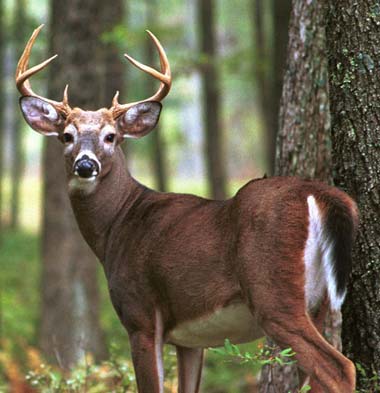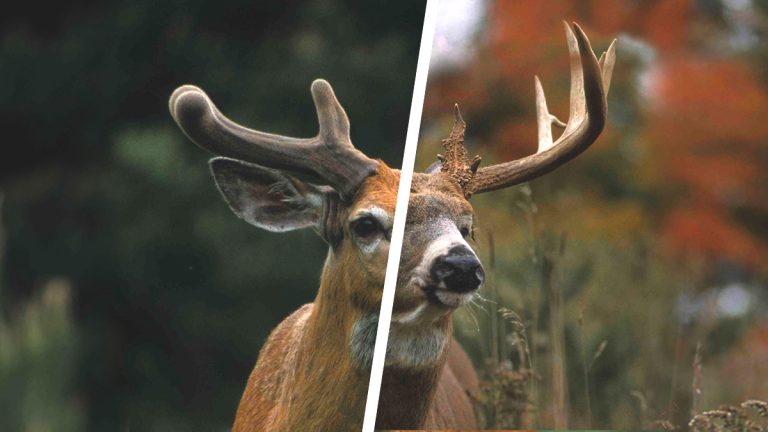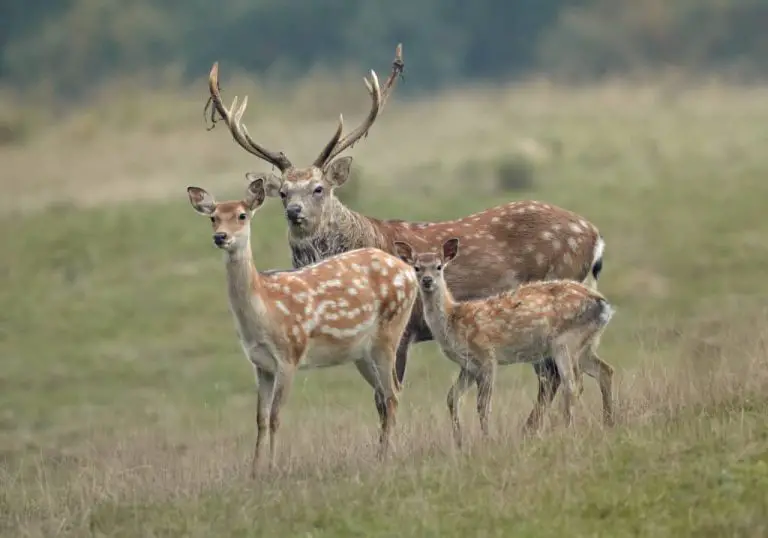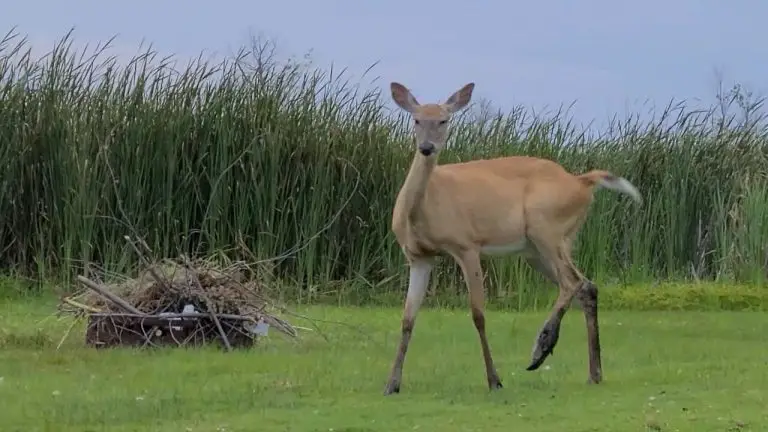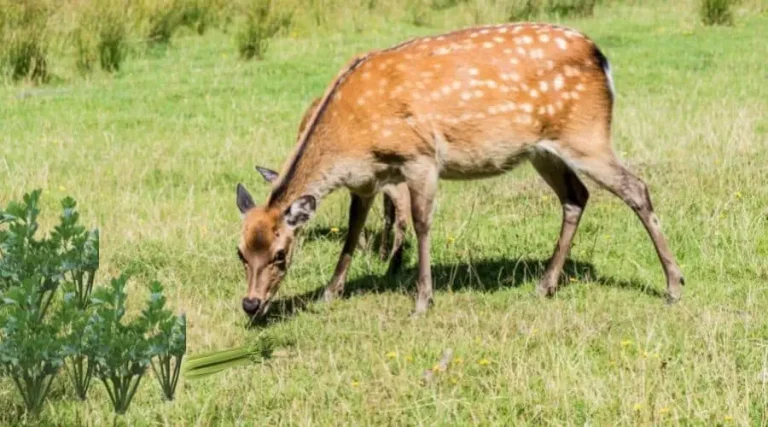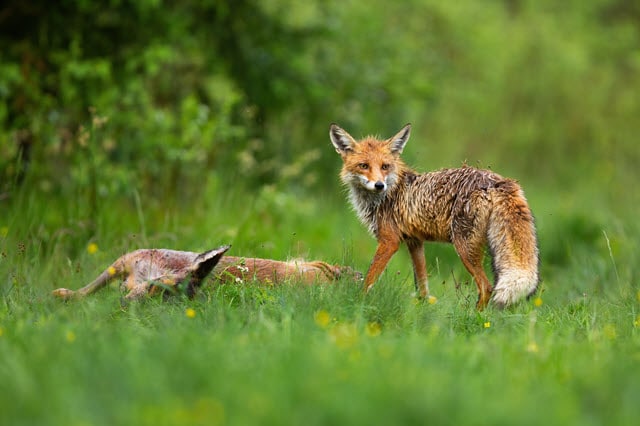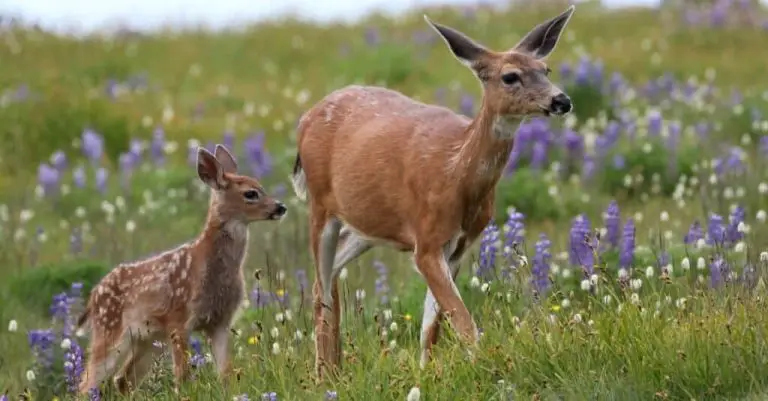Things You Never Knew About Deer Behavioral Adaptations
Deer exhibit unique behavioral adaptations for survival, such as specific foraging habits and predator evasion techniques. These adaptations help deer cope with environmental challenges and threats from predators.
Deer, magnificent creatures roaming forests and meadows, have evolved a set of intriguing behaviors that ensure their survival in the wild. Their ability to adapt to diverse habitats, from snowy woodlands to lush grasslands, speaks to their remarkable versatility. To elude predators, deer have developed swift and agile movements, often seen as graceful bounds or sprints across open fields.
They have established complex communication systems, using body language and vocalizations to alert each other of dangers or to coordinate group movements. Social structure plays a crucial role in their daily interactions, where herds follow an intricate hierarchy. Migratory instincts guide them to seasonally abundant food sources while conserving energy during harsh conditions. What’s more, the way they interact with their environment—from rubbing antlers on trees to meticulously choosing their pathways—sweetly harmonizes with nature’s rhythms, revealing a deep-rooted instinct to thrive under the canopy of the ever-changing wild.
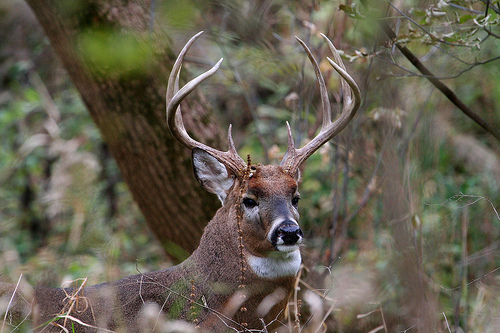
Discovering Deer Behavioral Adaptations
Deer have developed a range of behavioral adaptations through evolution to survive and thrive in diverse habitats. These adaptations are significant because they allow deer to efficiently find food, avoid predators, and cope with climatic changes. Researchers have found that local environmental factors, such as terrain, availability of vegetation, and presence of predators, greatly influence deer behavior. For instance, deer in mountainous regions might develop patterns of seasonal migration to access resources, illustrating an evolutionary response to their surroundings.
Understanding whether a behavior is an adaptation or learned can be complex. Innate behaviors, such as the tendency to flee from threats, are often contrasted with behaviors that deer learn from their herd, like the best grazing spots or how to navigate their local terrain. These behaviors reflect the intricate balance between genetic programming and the influence of the environment, exhibiting the remarkable flexibility and resilience of deer species across the globe.
Unveiling Hidden Deer Habitats
Deer exhibit remarkable behavioral adaptations to secure their survival. A notable characteristic is their choice of bedding areas, where emphasis on secrecy plays a vital role. These sheltered spots provide safety and comfort, often featuring thick vegetation or terrain that shields them from predators and harsh weather.
Their migration patterns are equally strategic, with deer traveling to areas that enable their safety during different seasons. Seasonal migrations are guided by food availability, breeding necessities, and environmental conditions, ensuring their species’ longevity.
Deer have also adapted to urban environments, utilizing green spaces within city landscapes as part of their habitat. These unexpected urban dwellers often go undetected, benefiting from the abundance of resources and reduced number of natural predators found in these areas.
Intriguing Insights Into Deer Communication
Deer communication is a complex interplay of vocal and non-vocal signals. Pioneering studies have uncovered that these animals use distinct calls to alert each other of danger, establish social bonds, and even to reunite mothers with their fawns. The subtleties of their vocalizations vary, with each one carrying a specific meaning comprehensible to other deer.
The ‘tail signaling secrets’ of deer are especially fascinating. A raised tail can signify alarm, while a tail flick could be a mere casual signal among individuals in a herd. These gestures are critical in maintaining the hierarchy and social structure within the group.
Meanwhile, the ‘scent marking mysteries’ remain one of the most potent ways deer communicate. By depositing secretions from specialized glands, deer can mark their territory, signal reproductive status, and even leave complex messages for other deer to decipher at a later time. This olfactory form of communication is rich with information and serves as a long-lasting medium to convey messages in the wild.
Deer Survival Strategies Decoded
Deer, known for their agility and grace, employ a range of anti-predator behaviors to evade threats. Vigilance is their cornerstone tactic, with deer often scanning their surroundings for danger. When threatened, deer may resort to stotting, a high bouncing movement that signals health and strength to dissuade predators from pursuit.
Their seasonal behavior shifts are equally fascinating. Deer undergo migration during extreme weather, traveling to areas with better resources. The rutting season triggers territorial behaviors in males, demonstrating their adaptability in reproduction and survival.
Deer’s foraging tactics and diet adaptation are essential to their survival. During summer, their diet includes a variety of plants, while in winter they shift to woody plants and bark. The species’ ability to alter their foraging strategy based on availability showcases their remarkable adaptive skills.
Social Structures Of Deer
Deer species exhibit unique social structures that are key to their survival. Herd dynamics are pivotal, with a dominant alpha often leading the group through foraging grounds and away from predators. Leadership roles within herds tend to shift depending on various conditions such as availability of food and environmental threats.
Observing doe-fawn interactions reveals more about deer behavior. Does are highly protective of their young, nurturing and guiding them until they can fend for themselves. Fawns rapidly learn vital survival skills under their mother’s tutelage, indicating the importance of these early bonds.
Contrary to popular belief, not all deer remain with the herd throughout the year. Bachelor groups, or all-male clusters, often form after mating season. These formations allow younger bucks to spar and prepare for future challenges, while providing a support system outside of the traditional family unit.
Navigating Deer Mating Rituals
Deer behavioral patterns during the mating season are driven by the imperative to reproduce. Courtship and mating displays are elaborate with males showcasing their vitality through antler size and strength. Bucks engage in fierce competitions, signaling their suitability as mates through displays of aggression and dominance. The clash of antlers resonates through the forest, signifying the intensity of rutting season rituals.
Rutting season strategies include pheromone dissemination and vocalizations known as bugling. These behaviors serve to attract does and deter rival males, establishing a hierarchy conducive to successful mating. Strategy variation is observed, with some males actively pursuing females and others guarding territories rich in female traffic.
Post-rutting season behaviors shift as bucks’ testosterone levels decrease. The energy-intensive period concludes with a focus on feeding and recovery, essential for surviving the winter months. This phase is less dramatic, with deer regrouping into mixed-sex herds and the previously aggressive bucks now displaying more docile behaviors.
Seasonal Adaptations In Deer
Deer have mastered the art of survival through various seasonal adaptations tailored to their environment. During the harsh winter months, deer employ multiple coping mechanisms to withstand cold temperatures and scarce food supplies. They often reduce their activity level significantly, which in turn reduces the amount of energy they need to survive. Deers’ metabolism slows down, enabling them to make the most out of the limited resources available.
Conversely, summer survival strategies include seeking out shaded areas during the hottest parts of the day and staying near water sources to help regulate body temperature and stay hydrated. These behaviors are crucial in avoiding overheating and maintaining their energy levels for foraging.
Physical adaptations like the seasonal changing of their coats also play a pivotal role. In winter, deer grow thick, insulated fur that retains warmth, which they shed once temperatures rise to stay cool during summer. These coat changes are accompanied by a variation in color, providing camouflage against predators in accordance to the changing landscape. These behavioral and physical adaptations are vital for survival and illustrate the deer’s resilience and versatility in the face of changing conditions.
Mysteries Of Deer Intelligence
Deer are renowned for their impressive problem-solving skills, often demonstrating a remarkable ability to overcome obstacles in their environment. This cognitive prowess extends to their memory and their adeptness at landscape navigation. These creatures possess a mental map that allows them to traverse vast terrains, recalling safe paths and avoiding known dangers.
Their social behaviors also reveal sophisticated inter-species interactions. Deer have been observed to engage with other animals in mutually beneficial activities, such as following birds to feed on disturbed insects or participating in mutual grooming with other wildlife. This level of intelligence and behavioral adaptation offers a glimpse into the complex lives of these graceful animals.
Understanding Deer’s Impact On Ecosystems
Deer behavioral adaptations have profound implications on ecosystems. Their foraging behavior plays a pivotal role in plant succession, often determining the types of vegetation that can thrive. This selective eating habit has the capacity to shape forest undergrowth and grassland dynamics.
Their interactions with other wildlife create a complex web of ecological relationships. As prey animals, deer are vital in maintaining the health and population balance of predator species. This relationship is essential for a functioning ecosystem.
From a conservation standpoint, understanding deer behaviors and their environmental impact is imperative. Efficient conservation efforts can thus be tailored to preserve the balance between deer populations and their natural habitats, ultimately ensuring biodiversity and the integrity of ecosystems.
Exploring Deer’s Sensory Adaptations
Deer are renowned for their impressive sensory capabilities, which are essential for survival. One notable adaptation is their night vision. Deers’ eyes have a high concentration of rod cells which enables them to see well in low-light conditions. This twilight vision is crucial for spotting predators and foraging after dusk.
Their hearing is also highly developed; deer can detect even subtle sounds, providing an early warning of approaching threats. The structure of their ears allows them to pinpoint the direction of noises accurately, making their hearing one of the most sensitive among ungulates.
Olfactory acuity in deer is another vital adaptation. Their sense of smell is so keen that it not only aids in detecting dangers but is also instrumental during the mating season. The olfactory signals play a significant role in communication among deer, marking territory, and identifying individuals within a herd. This heightened sense of smell is one of the primary methods deer use to interact with their environment and each other.
Frequently Asked Questions For Things You Never Knew About Deer Behavioral Adaptations
How Do Deer Handle Harsh Winters?
Deer adapt to cold winters by growing thicker fur and seeking shelter. They store fat to maintain body warmth and reduce movement to conserve energy. Their fur provides insulation, while behaviors like yarding—grouping together in dense cover—lessen the impact of cold and predators.
What Are Deer’s Natural Predators?
Deer’s natural predators vary by region but commonly include wolves, coyotes, bears, cougars, and bobcats. In areas without large predators, humans are the primary threat. Deer use alertness, speed, and agility to evade these threats, as well as camouflage and herd behaviors for safety.
Can Deer Adapt To Urban Areas?
Yes, deer can adapt to urban environments by altering their feeding habits and movement patterns. They are often seen grazing on gardens and plants in suburban areas. Deer learn to navigate traffic and human presence, becoming more active during twilight hours to avoid detection and disturbances.
Do Deer Have Migration Patterns?
Some deer species partake in seasonal migrations to access food and suitable habitats. They travel from higher altitudes and latitude areas in summer to lower areas in winter. This behavior ensures they stay within regions that provide adequate resources and protection from harsh weather conditions.
Conclusion
As we’ve explored, deer are much more than forest dwellers with graceful features. Their behavioral adaptations reflect intelligence and resilience in the face of myriad challenges. From their migratory habits to intricate communication, deer complexity astounds. Understanding these magnificent creatures helps us appreciate the intricacies of nature’s tapestry.
Embrace wildlife conservation, and let’s ensure deer adaptations continue to evolve and amaze future generations.

